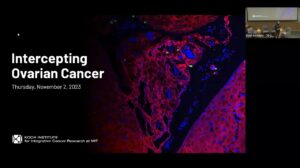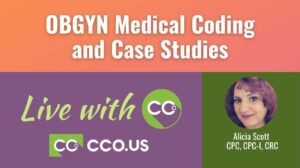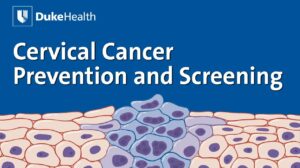NEW YORK (Reuters Health) – Oral probiotic bacteria were more effective than antibiotics for infectious mastitis during lactation, Spanish researchers report.
Bacterial counts in milk were significantly lower and pain was more likely to be resolved after 3 weeks of treatment with lactobacilli than with routine antibiotics, according to the their paper in the June 15 issue of Clinical Infectious Diseases.
The probiotics – Lactobacillus fermentum and L. salivarius isolated from the milk of healthy mothers – “were particularly appealing…because of their origin, safety, anti-infectious, and immunomodulatory properties,” the authors write.
They note that lactic acid bacteria from human milk has been shown to prevent breast infection with Staphylococcal aureus. The authors themselves have used lactobacilli, including L. salivarius, from human milk to treat antibiotic-resistant mastitis.
For the current study, senior author Dr. Juan Miguel Rodriguez and colleagues at Universidad Complutense de Madrid treated 352 women with breast inflammation, painful breastfeeding, milk bacterial count > 4 log-10 colony-forming units (CFU)/mL, and milk leukocyte count > 6 log-10 cells/mL.
They randomized assigned the women to treatment with L. fermentum (n = 124), L. salivarius (n = 127) or antibiotics (n = 101). The two lactobacilli strains were given daily for three weeks in 200-mg capsules containing about 9 log-10 CFU. Women in the antibiotics group received their prescriptions from their primary care providers (either amoxicillin-clavulanic acid, amoxicillin, cotrimoxazole, cloxacillin, or erythromycin).
At day 0, mean bacterial counts in patients’ milk samples were similar, ranging from 4.35-4.47 log-10 CFU/mL. The dominant species were S. epidermidis, S. aureus, and S. mitis. The milk did not contain any lactobacilli.
At day 21, mean bacterial counts were significantly lower in the probiotics groups (2.33 and 2.61 log-10 CFU/mL with L. salivarius and L. fermentum, respectively) than in the antibiotic group (3.28 log-10 CFU/mL, p < 0.001).
The authors say the final bacterial count in the probiotic groups represented “an acceptable bacterial load in the milk of healthy women.”
The lactobacilli strains were isolated from milk in the probiotics groups but not from the antibiotic group.
On a scale of 0 (extremely painful) to 10 (no pain), mean breast pain scores were similar in the three groups at baseline (range 2.01-2.35). But by the end of the trial, scores were significantly better in the probiotics groups (8.61 and 8.68) than in the antibiotic group (5.81, p < 0.001). In fact, 11 women in the antibiotic group reported no change or felt slightly worse, 27 still reported intense pain, and 9 stopped breastfeeding during the trial.
Nine women in the antibiotics group developed vaginal candidiasis. Nine women receiving probiotics reported flatulence, but they did not withdraw from the trial.
Mastitis recurred in 10.5% of the L. fermentum group, 7.1% of the L. salivarius group, and 30.7% of the antibiotic group.
Concluding, Dr. Rodriguez and colleagues write, “The use of probiotics constitutes an attractive approach in the management of mastitis.”
References:
Clin Infect Dis 2010;50:1551-1558.




